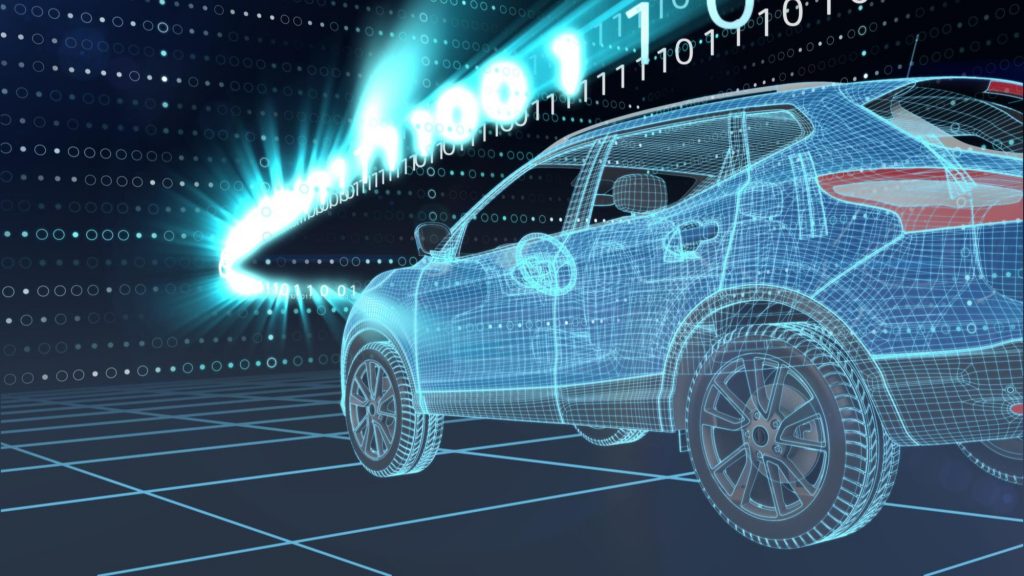The automotive market is undergoing disruptive changes. Whilst electrified vehicles represented only 0,1% of the market in 2015, the number of electrified vehicles sale has doubled from 2014 to 2015 (from 600.000 to 1,2 Millions) and is expected to grow massively in the coming decade. The automotive industry needs to adopt a new approach for this transition, because the development process of cars will fundamentally change. Traditionally manufacturers of internal combustion engines (ICEs) develop and assemble engines and transmissions (to a certain extent) independently form car manufacturers. The development is different in electrified powertrains, as it is more complex to integrate all electrified systems in the vehicle design.
The PANDA project makes this fundamental change easier by developing a method to organise and interconnect models for all electrical vehicle components. A common framework (based on Energetic Macroscopic Representation) will solve the problems of incompatibility between different models from different organisations, physical domains and levels of accuracy. PANDA intends to play a leading role in the development of software tools and methods for improving the virtual generation of new products, new technologies and of integrate virtual development to supports the complete generation of a new electrified vehicles.
The PANDA objectives are to:
- Develop an open organisation methodology for virtual & real testing of EVs
- Develop a multi-power open platform for Stand-Alone and Cloud-computing testing
- Perform virtual tests of reference electrified vehicles and real testing of selected subsystems
PANDA is fully compatible with existing state-of-the-art methods such as Hardware-in-the-Loop (HiL) simulations. HiL simulation is used to test components or systems by simulating the controlled equipment/plant (in real time) in a virtual environment and directly interfacing it with a real controller system.
